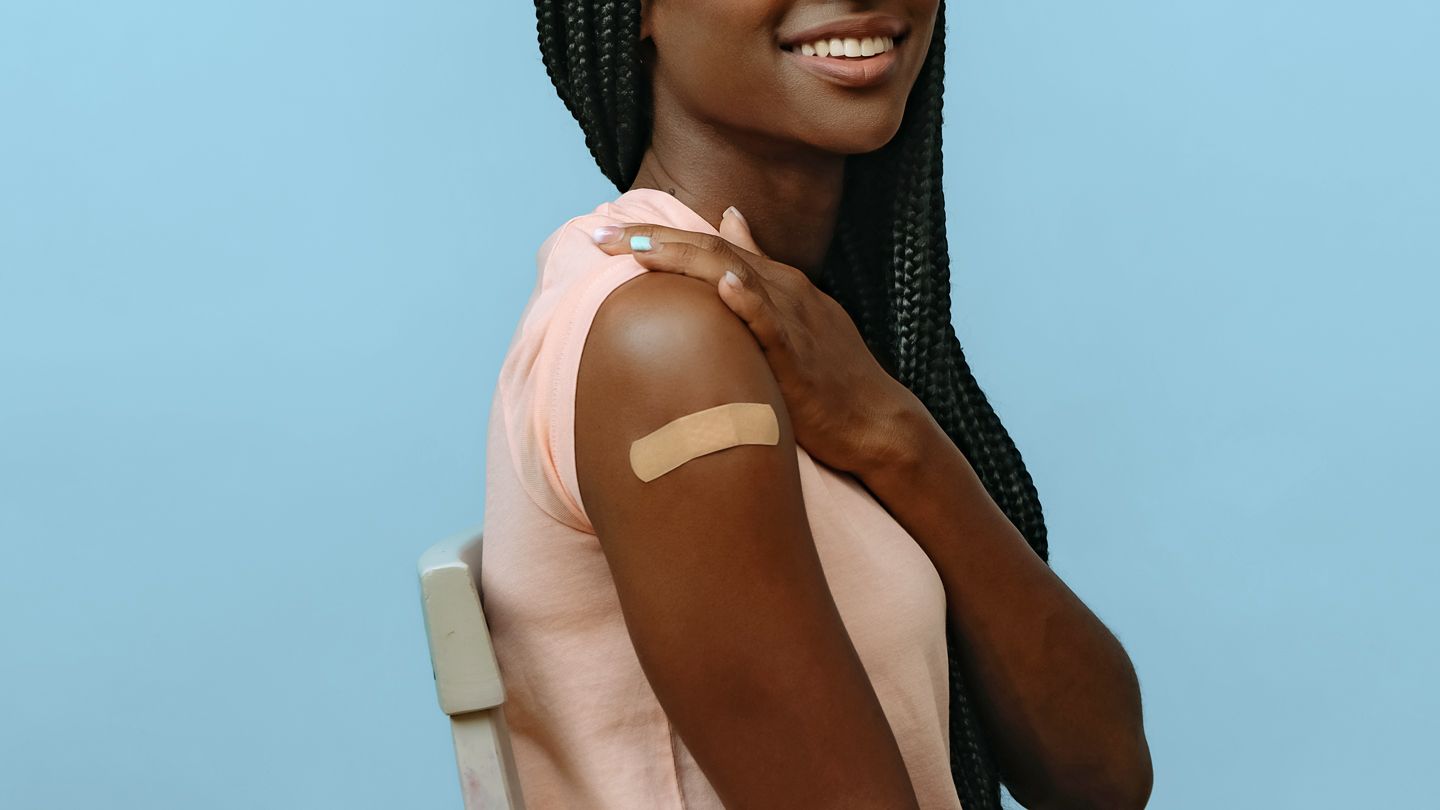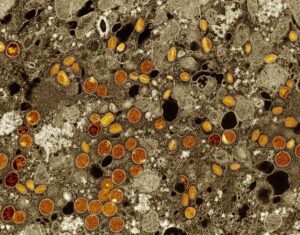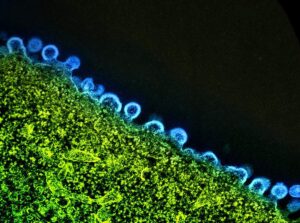Zoryve allows providers to offer continuous treatment to patients whose symptoms aren’t well-managed with standard options like moisturizers or other prescription topical treatments, says the pediatric dermatologist Lawrence Eichenfeld, MD, a professor of clinical dermatology at the University of California in San Diego and coauthor of the clinical trials for roflumilast cream 0.15 percent.
A phosphodiesterase 4 (PDE4) inhibitor, Zoryve works by inhibiting enzymes that mediate inflammation in the skin, which means it helps block inflammation before it starts, says Dr. Eichenfeld. “And Zoryve allows us to then control atopic dermatitis with a new kind of medicine that doesn’t rely upon topical corticosteroids … [and uses] a very well designed moisturizer base that can still deliver a potent anti-inflammatory medicine.”
Atopic dermatitis is the newest indication for Zoryve, which was already FDA approved in a higher concentration (0.3 percent) for plaque psoriasis in a cream formulation and for seborrheic dermatitis (scalp eczema) in a foam formulation.
Zoryve May Improve Itch as Soon as 24 Hours After Use
After four weeks, participants assigned to roflumilast cream experienced significantly greater symptom reduction — including improved itch and clearer skin — than those assigned to vehicle. The researchers measured this using three scales: the Validated Investigator Global Assessment–Atopic Dermatitis (vIGA-AD) score, the Worst Itch-Numeric Rating Scale (WI-NRS), and the Eczema Area and Severity Index (EASI).
Side Effects Were Uncommon in Clinical Trials
“Any patient could have a potential reaction to a newly prescribed medication,” says Dr. Kleinfelder, who was not involved with the clinical trials for roflumilast cream 0.15 percent. “Fortunately, the data on these nonsteroidal agents is very promising for long-term safety.”
When Will Zoryve Be Available?
The new cream will likely come at a cost similar to that of the higher dosage Zoryve cream, but the exact cost will likely depend on your insurance coverage, says Kleinfelder. People looking to try this new medication may face a high price tag at the pharmacy counter, he notes.
“Due to the amount of research backing the development, these new, branded topicals tend to be very expensive,” says Kleinfelder. “While many insurance plans will be able to provide some sort of coverage or coupon, some patients may not be able to obtain these medications for a reasonable cost.”
Still, Kleinfelder says, he plans to prescribe it to his patients. “I have already been using the higher-strength roflumilast for my psoriasis and seborrheic dermatitis patients and have no hesitation to prescribe to my atopic dermatitis patients,” he says. “There are very few nonsteroidal agents approved for pediatric patients, so having this approval down to 6 years old will give us a new, safe option to treat these patients with long-term atopic dermatitis.”













Post Comment